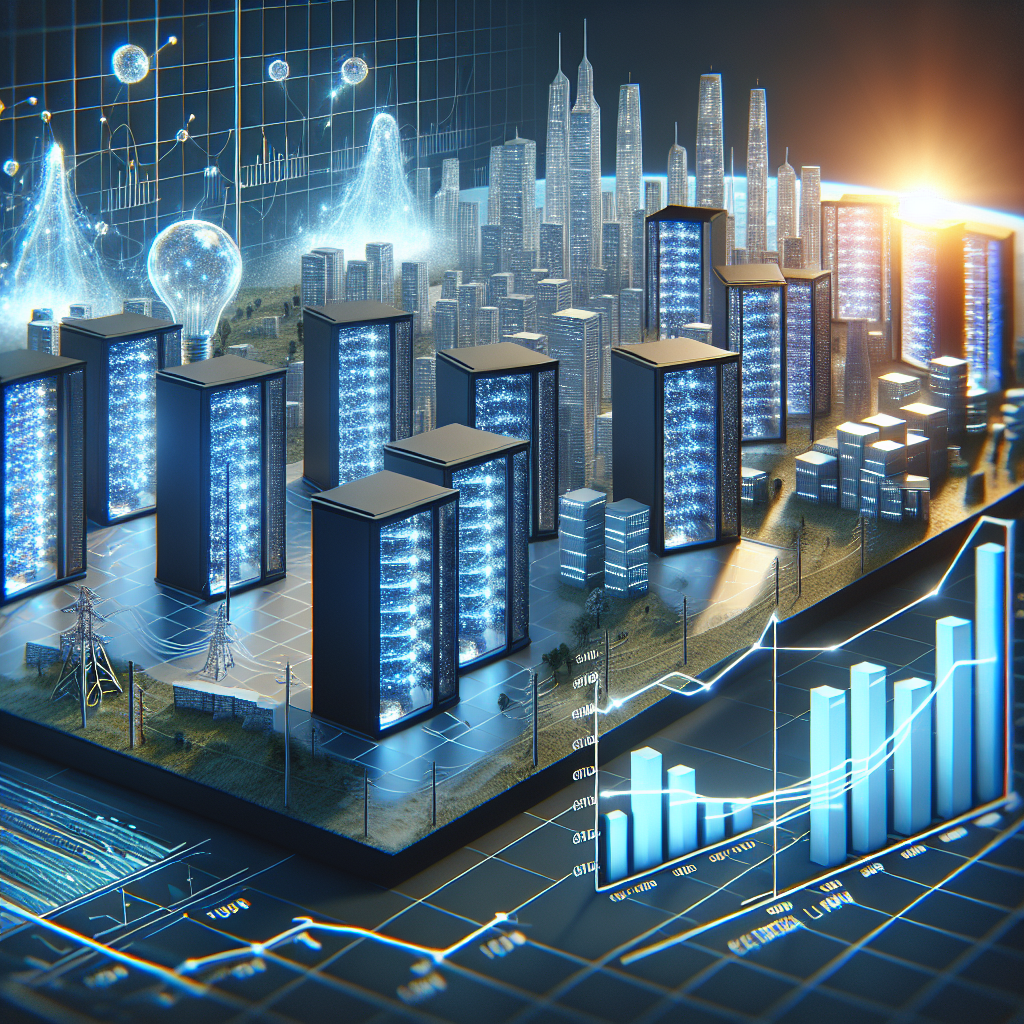AI Data Centers Raise NJ Electricity
In the 1960s, New Jersey powered the world’s first commercial nuclear power plant at Oyster Creek, symbolizing a new era of energy innovation. Fast forward six decades, and once again, the state finds itself at the center of a technological crossroads—this time, driven by artificial intelligence. The explosive growth of AI data centers is now causing ripples far beyond the tech world, as AI data centers raise NJ electricity usage and, in turn, utility bills for residents and businesses.
AI’s Unseen Power Hunger
AI doesn’t just consume data—it consumes power, and in staggering quantities. To operate advanced language models and deep learning algorithms, AI data centers rely on massive server farms running 24/7. As more companies adopt AI-driven applications, the physical infrastructure supporting these technologies continues to expand across New Jersey, from Princeton to Piscataway.
This build-out has triggered a dramatic increase in the state’s overall electricity demand. According to industry sources, AI facilities typically draw much more power than traditional commercial buildings, putting pressure on the regional grid and driving up wholesale electricity prices.
Residents Feeling the Squeeze
The fallout from the surge is showing up in consumers’ monthly bills. Public Service Electric & Gas (PSE&G) and Jersey Central Power & Light have both filed requests to increase electricity rates, citing infrastructure upgrades and higher demand levels. While energy companies often point to environmental initiatives or inflation as reasons for price hikes, industry observers are increasingly pointing to the rising number of AI facilities as a leading cause.
AI data centers raise NJ electricity rates not only through consumption, but also through the advance investments they require in substations, transformers, and cooling systems—costs often passed down to ratepayers.
Local and Environmental Pushback
Community leaders and environmental watchdogs are raising the alarm. Critics argue that these energy-hungry projects directly contradict the state’s clean energy goals. Many of the new AI facilities are being constructed near urban and suburban corridors, raising concerns about noise, emissions from backup generators, and strain on water resources needed for cooling.
“It feels like we’re being asked to subsidize the next wave of Big Tech,” said one Mercer County resident at a recent town hall meeting. As municipalities scramble to update zoning laws and push for stricter efficiency standards, calls for regulatory oversight are growing louder.
Is a Sustainable Model Possible?
Thankfully, some companies are investing in greener alternatives. Firms like Google and Amazon have pledged to run their data centers on 100% renewable energy by the end of the decade. Meanwhile, New Jersey regulators are exploring policies that would require new data centers to integrate on-site solar or apply for green energy incentives, echoing initiatives already enacted in states like Oregon and Virginia.
Still, the path forward is unclear. If demand continues to outpace supply, AI data centers raise NJ electricity costs could become a long-term economic burden for residents unless a more balanced, sustainable approach is adopted.
What’s Next for New Jersey?
As the Garden State navigates this new challenge, stakeholders from government, industry, and advocacy organizations must work together to craft solutions. The future of AI is undeniably here, but how New Jersey chooses to power that future could shape its economic and environmental prospects for generations.
For a deeper dive, read the original report by MercerMe on how AI data centers are impacting NJ’s electricity costs.

